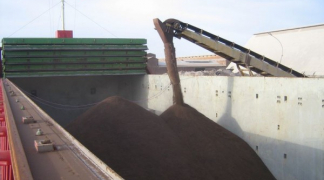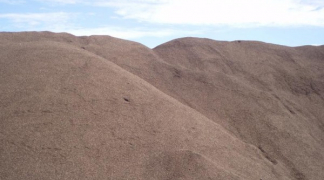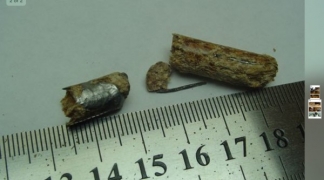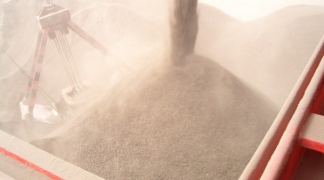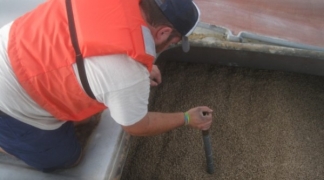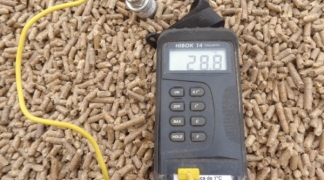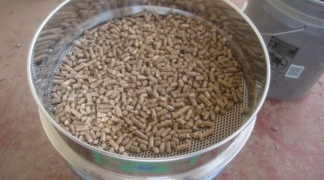Blog/News
Transportation of olive cake
Biomass products, and in particular olive cake, may be transported in several different ways. In the most of the cases olive cake and olive cake pellets is delivered by several types of transport (truck+ vessel, or just truck or truck+ ra...
Read more Storing olive cake
Olive cake in closed storages
Biomass belongs to the class of products in which respiration processes are suspended, but in which biochemical, microbial and other decomposition processes still proceed.Care of the cargo must be aimed at limiting the autoxidati...
Read more Wood pellets: Contamination
It is essential for the pellets to be produced from clean wood coming from the forest or sawmills. No recycling wood is allowed. Pellets should not have any chemical or mechanical pollution.
In this connection very important seems to be presence of toxic ch...
Read more Wood pellets: Dust problems
Fines content (percentage of particles with the size below 3,15mm) should not be over 4% at loading port and mechanical durability should be over 97%. This level of mechanical durability and fines content should guarantee that pellets will not create dust prob...
Read more Wood pellets:Safety issues
Being stored or loaded on a vessel, pellets may produce carbon monoxide, which is known to be a very strong poison for human beings. Level of CO has to be monitored in the storages and people have to use gas masks when entering the storage. Very big preca...
Read more Wood pellets:Temperature and moisture
An important matter is the temperature of pellets. In a case pellets are kept in a small, badly ventilated storage, an auto combustion of the pellets may occur. Temperature rise over 50-55 degr C has to be regarded as critical and such pellets should...
Read more Wood pellets:Particle size inside the industrial wood pellets
A very important indicator is also a particle size inside the pellets. According to I2 specification, 2,5 mm size particles should not exceed 90% and particles over 3,15 mm should not be more than 98%.This limitation helps to avoid retai...
Read more 

